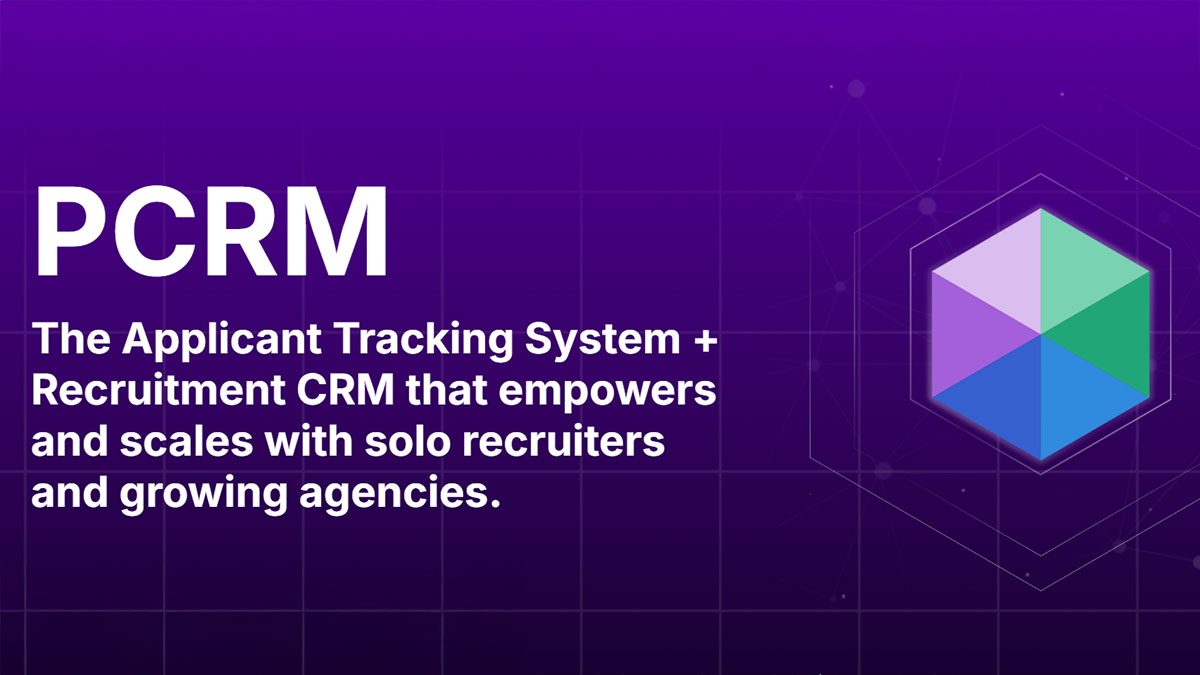If you’re at all involved in the recruiting industry, you probably know what ATS is. If not, here’s a simple explanation.
An ATS, or CLICK HERE TO LEARN MORE, is a software application that allows companies to electronically handle recruiting needs.
The purpose of an ATS is to help companies manage their recruiting efforts, including better management of resumes and applicant information. ATS information can be collected from internal applications on the company’s Web site or from job boards, according to an article by Wikipedia.
Depending on the needs of a particular company, an ATS can be implemented on an enterprise or small business level. Use of an ATS is similar in many ways to a CRM, or customer relationship management system, but is specifically designed to help with recruitment tracking.
Because of today’s high-paced working environment, most larger companies already use some type of ATS to help handle job applications and manage resume data. While you can find ATS specifically for recruiting needs, it’s not uncommon to merge ATS functions with those of Human Resources Management Systems or Human Resource Information Systems.
“Another benefit of an applicant tracking system is analyzing and coordinating recruitment efforts – managing the conceptual structure known as human capital,” the article notes. “A corporate career site or company specific job board module may be offered, allowing companies to provide opportunities to internal candidates prior to external recruitment efforts.
“Candidates may be identified via preexisting data or through information garnered through other means,” the article continues. “This data is typically stored for search and retrieval processes.”
Some ATS also are referred to as TMS, or talent management systems, which are often provided by an application services provider or Saas, software as a service, model. The options and cost of each system can vary greatly depending on the provider.
The first ATS, which was open source, was created in 2006 under a modified Mozilla Public License, moved to a closed source model in 2008 and is now an SaaS model.

PCRecruiter’s AI tools for content generation, candidate summary, and internal data search are now available FREE for a limited time.
Read more
PCRM — the CRM and Recruitment ATS hybrid built specifically to empower and scale with solo recruiters and growing agencies — is now available.
Read more
Recruitment professionals are facing a new challenge in today’s digital landscape: scammers posing as legitimate recruiters. These scammers are increasingly targeting remote work job seekers, causing some candidates to become wary of all recruitment outreach.
Read moreFind out more about who we and what we do.